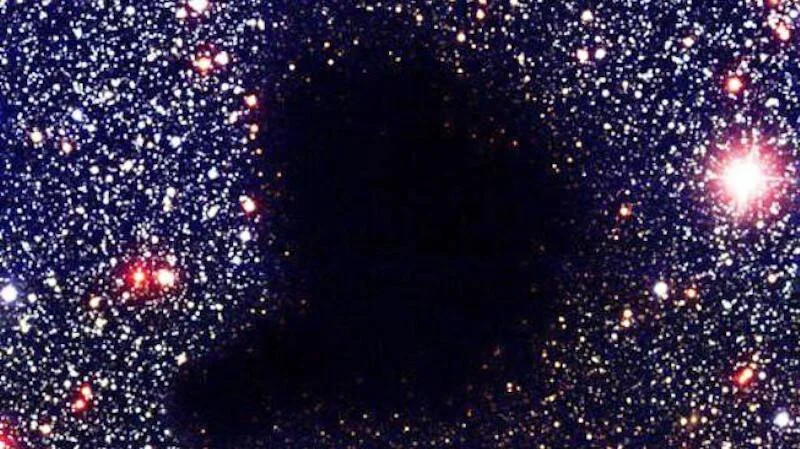This week’s post is dedicated to dark energy in the context of (not solving) the Hubble tension, the possibility that the NANOGrav pulsar timing array may have detected non-tensorial gravitational wave polarizations, and the construction of a general covariant action for the so-called holographic dark energy model. Enjoy the read and have a nice weekend!
Top arXiv papers from Week 50, 2020
Top arXiv papers from Week 31, 2020
End-of-the-week synopses looking at the possibility of directly detecting dark energy fluctuations using anisotropies in gravitational wave luminosity distances, constraints on baryonic effects from the DES Y1 data, and revisiting constraints on the CMB temperature and whether the latter might have some bearings on the H0 tension. A heads-up that this will be the last entry for the next 5 weeks, as I’m going on holiday. Enjoy, and see you again here in mid-September!
Top arXiv papers from Week 27, 2020
Top arXiv papers from Week 24, 2020
This week’s entry discusses a new measurement of the Hubble constant from Type II Supernovae, a map from Poincaré gauge theories to bi-scalar-tensor theories useful for cosmological applications, and a map between fluid and field approaches to interacting dark energy valid at the background and first-order perturbation level.
Top arXiv papers from Week 12, 2020
This week’s entry is dedicated to the H0 tension and attempts to solve the latter through early dark energy (possibly going beyond General Relativity), as well as to how a mysterious phenomenon known as skyquakes could be connected to an exotic model of dark matter known as axion quark nuggets. I hope this post will provide you a bit of entertainment (hopefully at home) in this time of uncertainty due to COVID-19.
Top arXiv papers from Week 9, 2020
In this week’s summaries I look at vector-tensor Horndeski gravity (the lesser known sibling of scalar-tensor Horndeski gravity), the (im)possibility of solving the Hubble tension with late-time transitions in the dark energy, and a reconstruction of the time-dependent interaction between cold dark matter and vacuum energy. Note the possibility that next week’s entry might be cancelled or in the best case delayed (see my away note).








